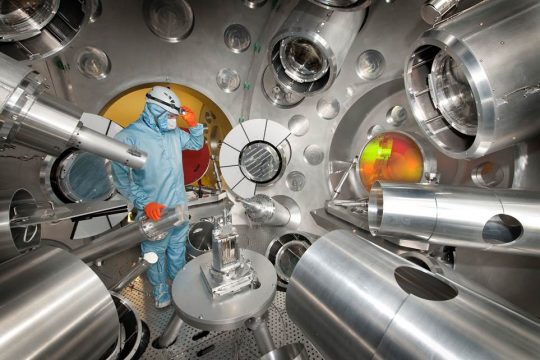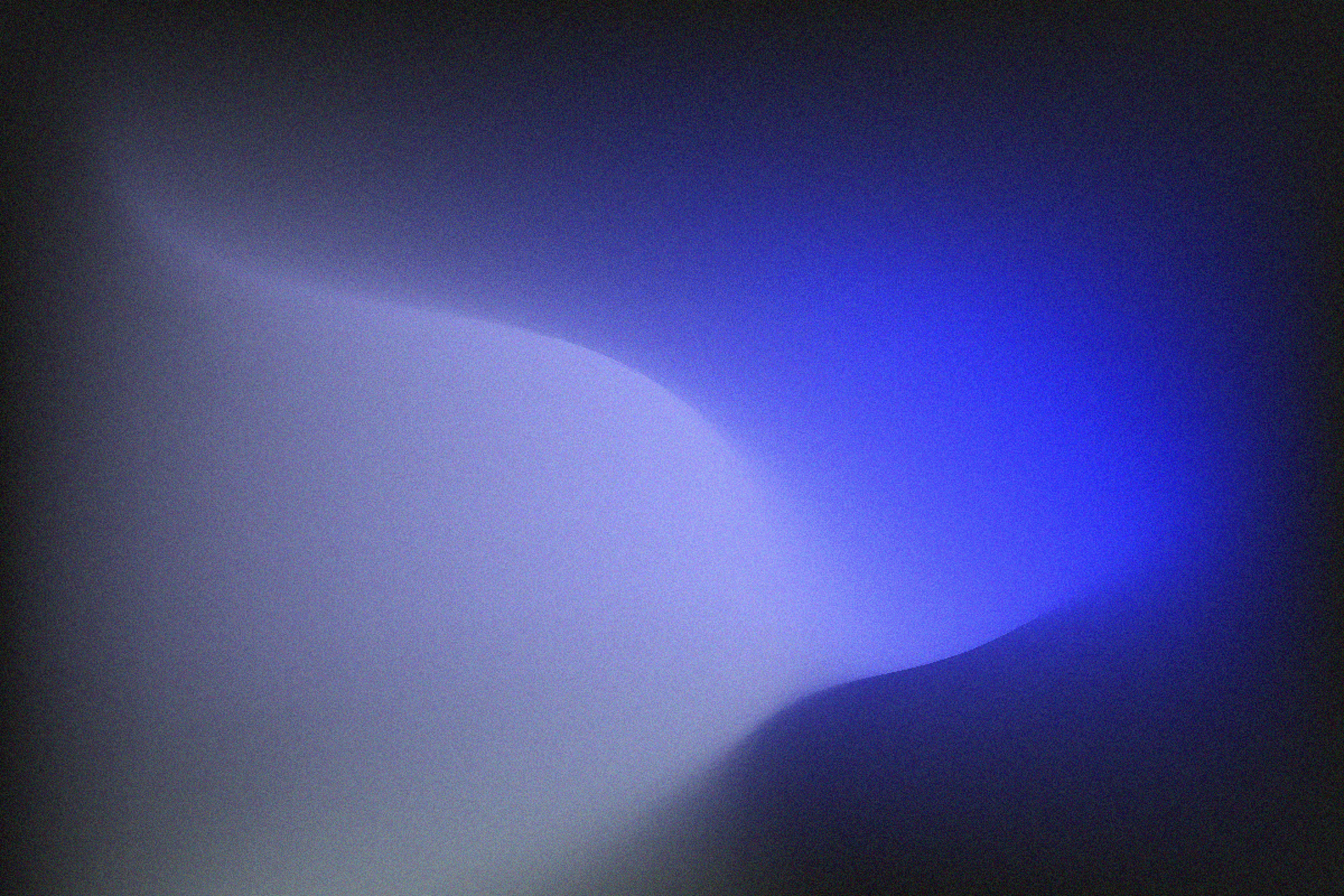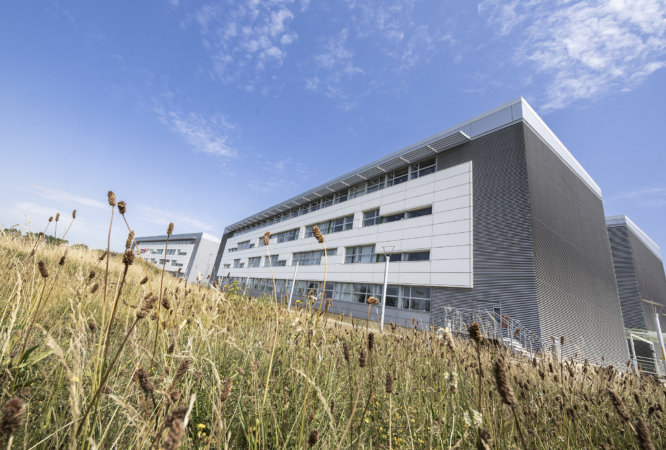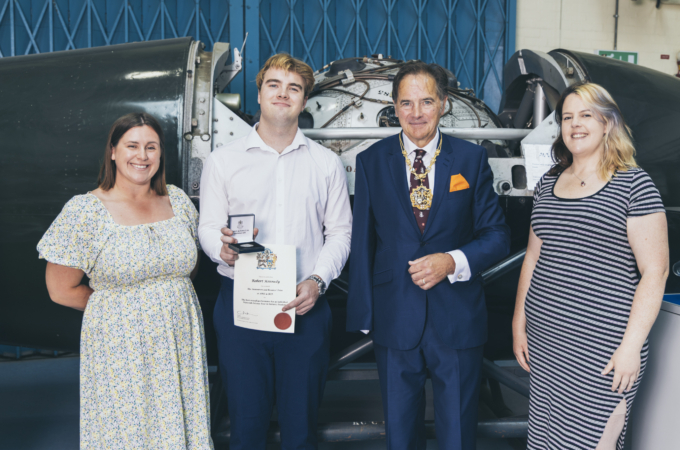Science at the extreme: Academic access experiments on the Orion laser
Experimental physicist Francisco Suzuki Vidal blogs about his experience of undertaking experiments at AWE Orion.
It has almost been precisely two years since I finished the very last of my experiments at Orion, one of the largest lasers in the world.

Reminiscing my time at this unique scientific facility brings back fond memories of my experience there.
The scientific motivation behind my experiments was to produce ‘shock waves’, extremely fast flows present in a variety of objects in space (think for instance explosions from supernovas).
Moreover, the experiments aimed at studying, for the first time, the head-on collision between two opposite shock waves.
Orion was perfectly suited for these new complex experiments, as they required multiple high-power laser beams, high-precision alignment and state-of-the art plasma diagnostics.
To drive the shocks, ‘long-pulse’ laser beams were tightly focused onto a miniature gas-filled chamber about the size of a 5p coin, positioned inside Orion’s 10 m diameter vacuum chamber with the precision of a human hair.
The planning in preparation for the experiments was extensive. No detail could be left to chance when doing experiments on a facility of the scale of Orion.
Through a readiness review process, all the possible aspects of the experiments were assessed by Orion staff. This included working closely with experts in diagnostics, health and safety and target manufacture and, critically, high-performance numerical simulations to predict the expected outcome of the experiments.
There was a very strong sense of team effort throughout this process.
After about a year of intense preparation and planning, we were ready for our first week of experiments.
It still puts a smile in my face when I remember the very nice results we obtained from the very first shot. During the next couple of weeks, I had the chance of seeing the high scientific quality and professionalism of everyone involved in the project.
The results from the experiments led to various talks and publications, opening the exciting science that can be achieved at Orion to the rest of the international scientific community.
Besides being a unique experience for myself as academic project leader, the prospect of having students involved in the project and for them to go through the entire process first hand makes the academic access at Orion as a unique training opportunity for the next generation of scientists.



